Is your Warehouse Layout Up to Date? Receive an Updated Layout in 2 Weeks.
Product Slotting in the Distribution Center
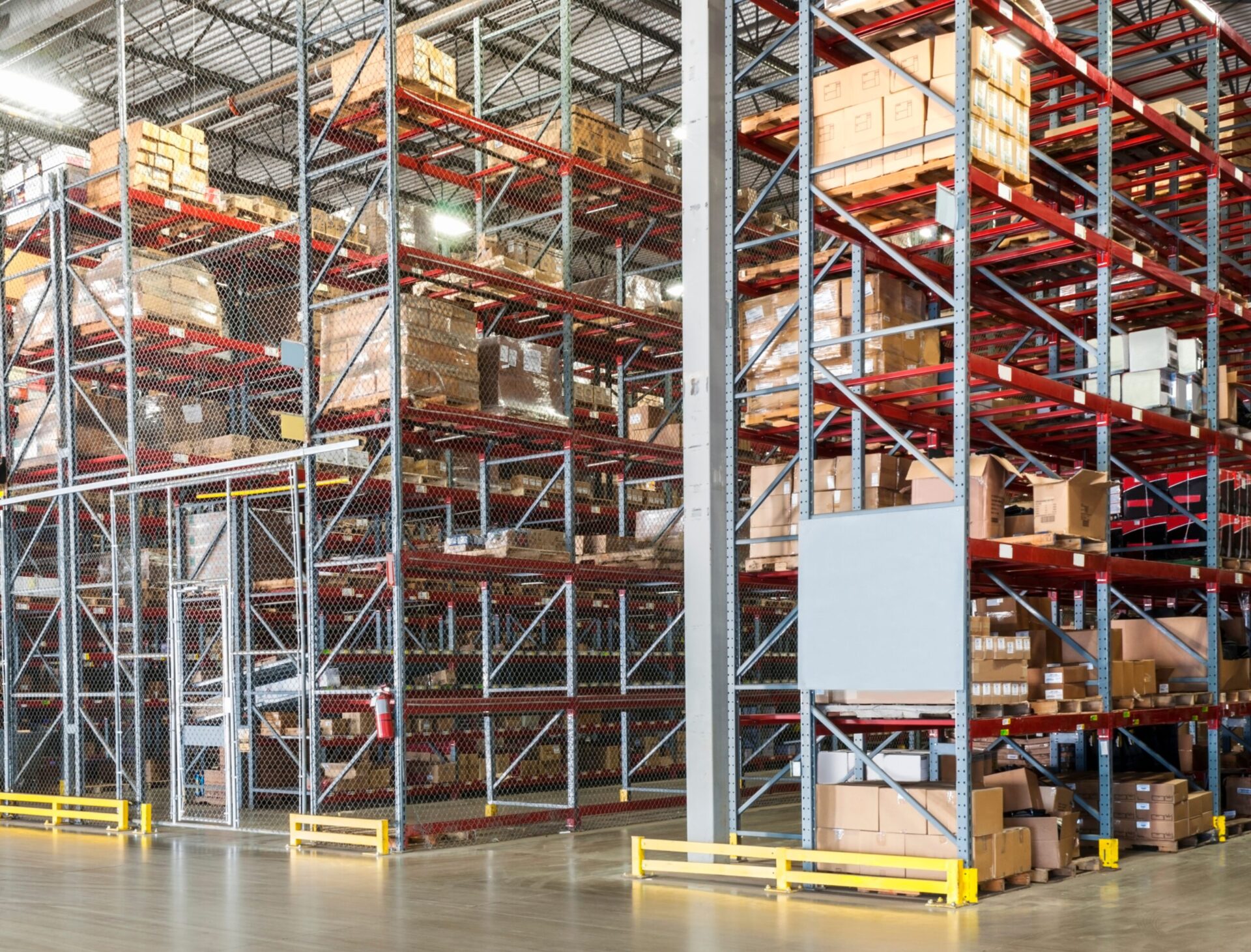
ABOUT THE AUTHOR
Charles Fallon is an accomplished leader specializing in supply chain optimization across various industries, including food, pharmaceuticals, garments, and construction materials. With a wealth of experience in supply chain strategy, technology, facility design, implementation, and operations, Charles has been instrumental in driving tangible outcomes and facilitating business growth for clients at all stages of the supply chain.
A WELL DESIGNED PICK LINE
The pick line is the heart of any distribution operation; its design not only affects picking labor productivity, but all functions of the warehouse. The amount of re-palletization on the dock, the number of putaways, the frequency and efficiency of replenishment all depend on a well designed pick line. Maintaining a pick line over time is a daunting challenge, particularly when the dynamic nature of many distribution operations has not been properly integrated into the original design. Pick lines often change with the seasons as the demand profile of a variety of SKUs rises and falls.

This eBook will explain why slotting is so important to EFFICIENT DISTRIBUTION operations and will cover some best practices that can help you first establish a picking strategy, assign items to the proper locations along the pick line and then set up the rules and roadmap to KEEP YOUR PICK LINE HUMMING.
Why slotting is key
The most efficient placement of product (SKUs) along a pick line
The goal of product slotting is to strike the perfect balance between picking and replenishment labor within your four walls.
Ideally, you want to try and achieve two things:
- Create the shortest pick line possible without creating congestion or excessive replenishment.
- Create a sequence of products so a picker can build his pallet, and not be forced to reshuffle because of the packaging or product characteristics
Product slotting & warehouse labor
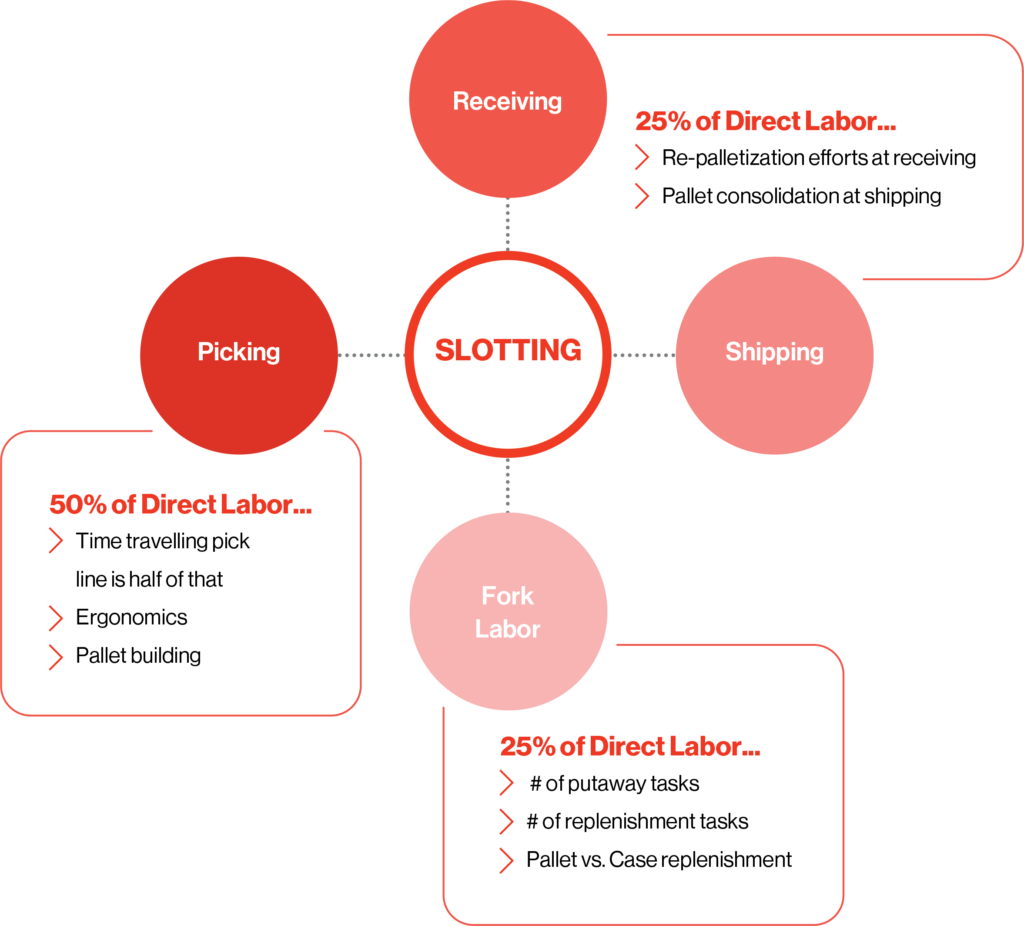
Picking represents 50% of the labor in a typical warehouse, and half that time is spent travelling from one location to another. If you can shorten that travel distance you’re going to have a big impact on total direct labor productivity. Of course you need to balance this against squeezing items into slots that are not ergonomic or slow to pick from.
Slotting also affects other aspects of your direct labor functions, such as receiving. For example, if you have to fit items that come in at 60” load height into 40” slots then you’ll need to re-palletize those inbound pallets, which will tie up labor at the receiving dock.
Slotting can have the same impact on fork labor. The more pallets you have to put away, the more labor is involved. If you are putting away two pallets for every pallet that you originally received – just do the math and see what that is costing you. Slotting strategy affects receiving, fork travel, picking and even shipping, depending on the quality of sequencing you have on your pick line as well as the need to make sure that the pallet is in good shape and is going to reach your customer in good condition.
25-50% of all SKUs in a warehouse are in the wrong slot, which causes a 5%-10% penalty on direct labor productivity
 If you are putting away two pallets for every pallet that you originally received – just do the math and see what that is costing you.
If you are putting away two pallets for every pallet that you originally received – just do the math and see what that is costing you.
What we typically see when we go into a distribution center is that 25-50% of all SKUs are in the wrong slot. This means an item that ships quickly is in a slot too small for its shipping volumes, which results in excessive replenishment. The opposite happens as well, when an item is not moving at all and yet is placed in a big slot, taking up way too much real estate on the pick line. This imbalance or improper slotting typically causes a 5-10% penalty on direct labor productivity, so it’s pretty significant.
Product slotting methodology
| DATA COLLECTION & VALIDATION | Operating Factors |
| PRESLOT ANALYSIS | ˃ Shift of operation & Process Flow |
| FAMILY GROUPING & SEQUENCING | ˃ Order Profiles & Routing Profiles |
| RACK PROFILES & SLOT CREATION | ˃ Inbound – lumping, putaway & replenishment |
| SLOT ASSIGNMENT | ˃ IT support (WMS) |
When it comes to product slotting, the first thing you need to do is start with data collection and validation. There’s no point in doing anything unless you have an accurate representation of your operation. A pre-slot analysis, family grouping and sequencing, your rack profiles and slot generation and finally slot assignments. All this should be done with a clear understanding of the operating constraints you work with, i.e. What are your shifts of operation? What is the process flow? What are the order and routing profiles?
Data collection
- LAYOUT (AUTOCAD)
- ITEM MASTER FILE
- INVENTORY SNAP-SHOTS (6 TO 52 WEEKS)
- ORDER FILE (6 TO 52 WEEKS)
Data collection is the first and most important step because it will determine whether your project is a success or failure. The steps above show the type of data you will need to collect for a project like this. It’s important that you have 52 weeks of data so you can understand how the operation varies throughout the year. In other words, what items become active in the summer and drop o in the winter months. Just think of your ice cream room as an example. It’s a completely di erent beast in the summer than it is in the winter.
Pre-slot analysis
- OPTIMAL SLOT SIZE
- NUMBER OF SLOT TYPES
- BALANCE PICK TRAVEL VS. REPLENISHMENT
The next step is to take every item and figure out what the appropriate slot type is for that item, given its shipping characteristics. Your goal should always be to find the smallest slot possible, without creating congestion or excessive replenishments. You also need to look at the physical infrastructure of your warehouse to see what slot types you can support.
Family grouping & sequencing
Grouping
Once every item has been assigned its ideal slot type, and you know what size slot each item should get, it’s time to group the items into families of similar properties or characteristics. As an example, the food industry must consider:
- Crushability/stackability (e.g., cans & glass / bags)
- Customer-specifics (e.g., chains in the foodservice segment)
- Food safety (e.g., chemicals)
Sequencing
Once you’ve created the groups you need to sequence them so that you create a pick line in such a fashion that when a picker takes the case out of the pick slot and puts it on the pallet he/she never touch it again because the pallet is being built up in the right sequence. The goal is to build outbound pallets that:
- Limit/eliminate product damage
- Require no re-palletizing for stability
- Are driver & customer friendly
Example of family sequence
Layout & numbering
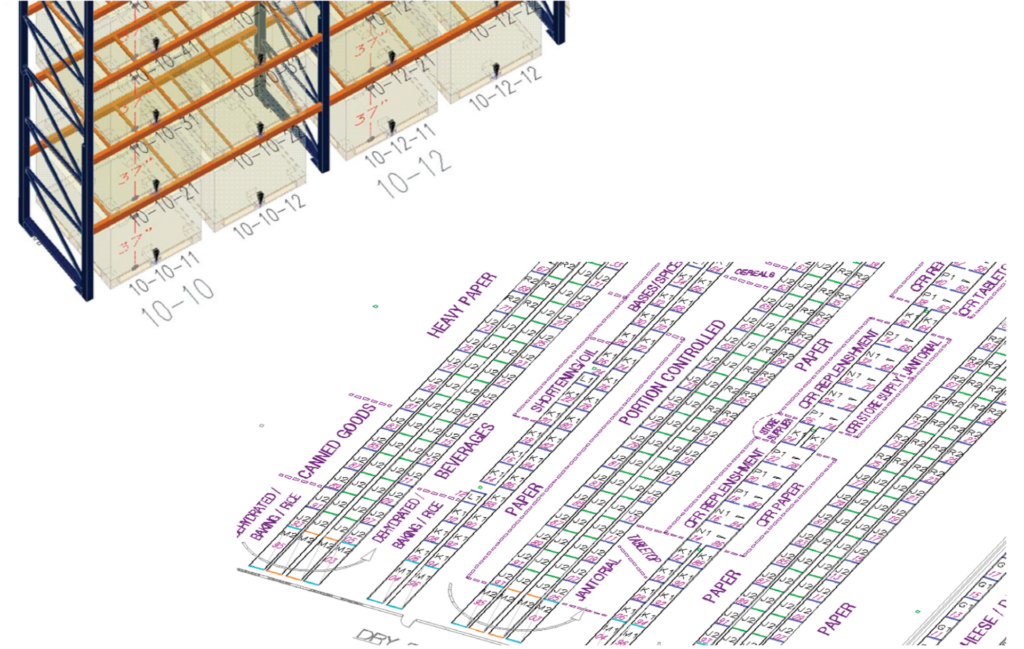
The product slotting layout above shows an example of the family sequencing where you outline the products in each group, the slot types for each group and what rack types you need. For each set or family of products you now know what profiles you have to provide them to support the pick line.
Rack profiles & slot creation
Once you have created the rack profiles and finalized the sequencing you can create the actual pick locations – taking into account their physical characteristics, what family they belong to, etc. This is a file that can be uploaded to a Warehouse Management System (WMS) but in the short term can be used to create slot assignments.
| Family 1 | Family 2 | Family 3 |
| A | 5 | 4 |
| B | 6 | 12 |
| C | 2 | 8 |
| D | 0 | 4 |
| TOTAL | 13 | 28 |
Slot assignments
Assign each SKU to its proper slot type > LIDD produces a file of the slot assignments for each SKU that can be uploaded into your WMS
You will take the items and the slots from that family you’ve just created and you’ll merge them with a few considerations in mind.
- Case Height Sequencing
- Minimize Cross-Aisle Travel
- Ergonomics (Max. weight on 2nd beam)
- “Like-Product” segregation
- Glass
- Sprinklers/Insurance Requirements
These final details will allow you to create that assignment of one item to a location. Your slotting project is now complete, but there are a few potential pitfalls and complications you should be aware of as you begin implementation.
Product Slotting – Pitfalls & Complications
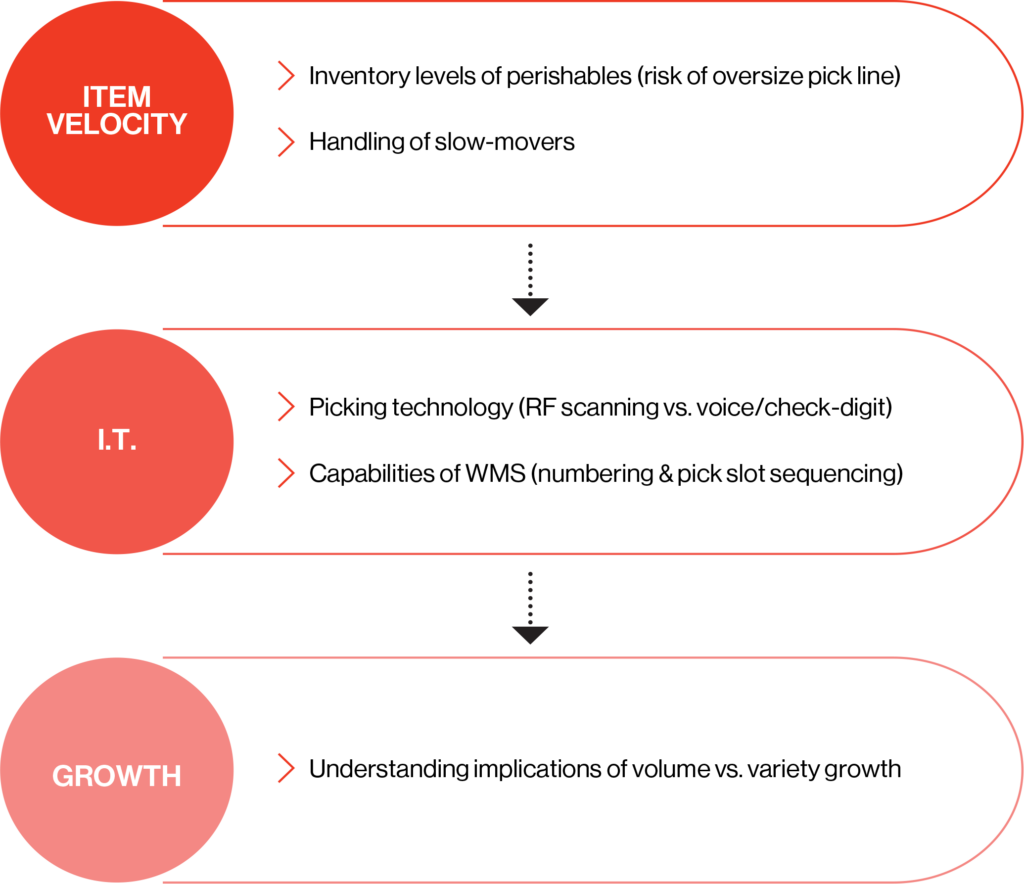
Pitfalls & Complications
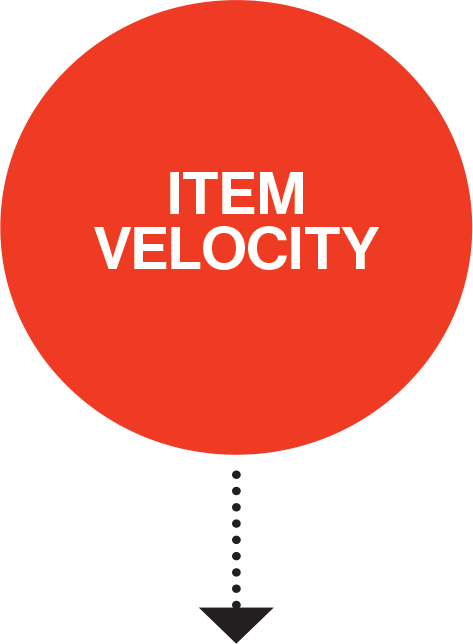 You have to think about item velocity in terms of days of supply. You want to make sure that if you only have two days supply of a certain perishable item in the cooler, you shouldn’t assign it to a slot that handles one week’s supply because you’re always going to end up with empty, wasted space.
You have to think about item velocity in terms of days of supply. You want to make sure that if you only have two days supply of a certain perishable item in the cooler, you shouldn’t assign it to a slot that handles one week’s supply because you’re always going to end up with empty, wasted space.
 You also want to make sure you understand the IT functionality. What picking system is being used, labels, RF scan guns, and voice technology. Be sure you understand the capabilities of your WMS. You’ll want to know how well it handles replenishment, so that when you set your minimum levels on your pick slots, you’re not creating a situation in which you are replenishing too much because you can’t get the slot replenished on time.
You also want to make sure you understand the IT functionality. What picking system is being used, labels, RF scan guns, and voice technology. Be sure you understand the capabilities of your WMS. You’ll want to know how well it handles replenishment, so that when you set your minimum levels on your pick slots, you’re not creating a situation in which you are replenishing too much because you can’t get the slot replenished on time.

To plan for future growth effectively, ensure the pick line has room to expand without compromising current slotting efforts. Maintain flexibility during slotting to accommodate anticipated volume and variety increases.
We’d like to hear your opinions and learn from one another’s experiences. After all, in a world filled with noise, the only way we can win is to cut through the clutter and invest time and effort in making real connections.
Looking for guidance on optimizing your distribution network and achieving efficient product slotting? Get in touch with via the link above our visit our service page to learn more about Distribution Center Design and Optimization.
